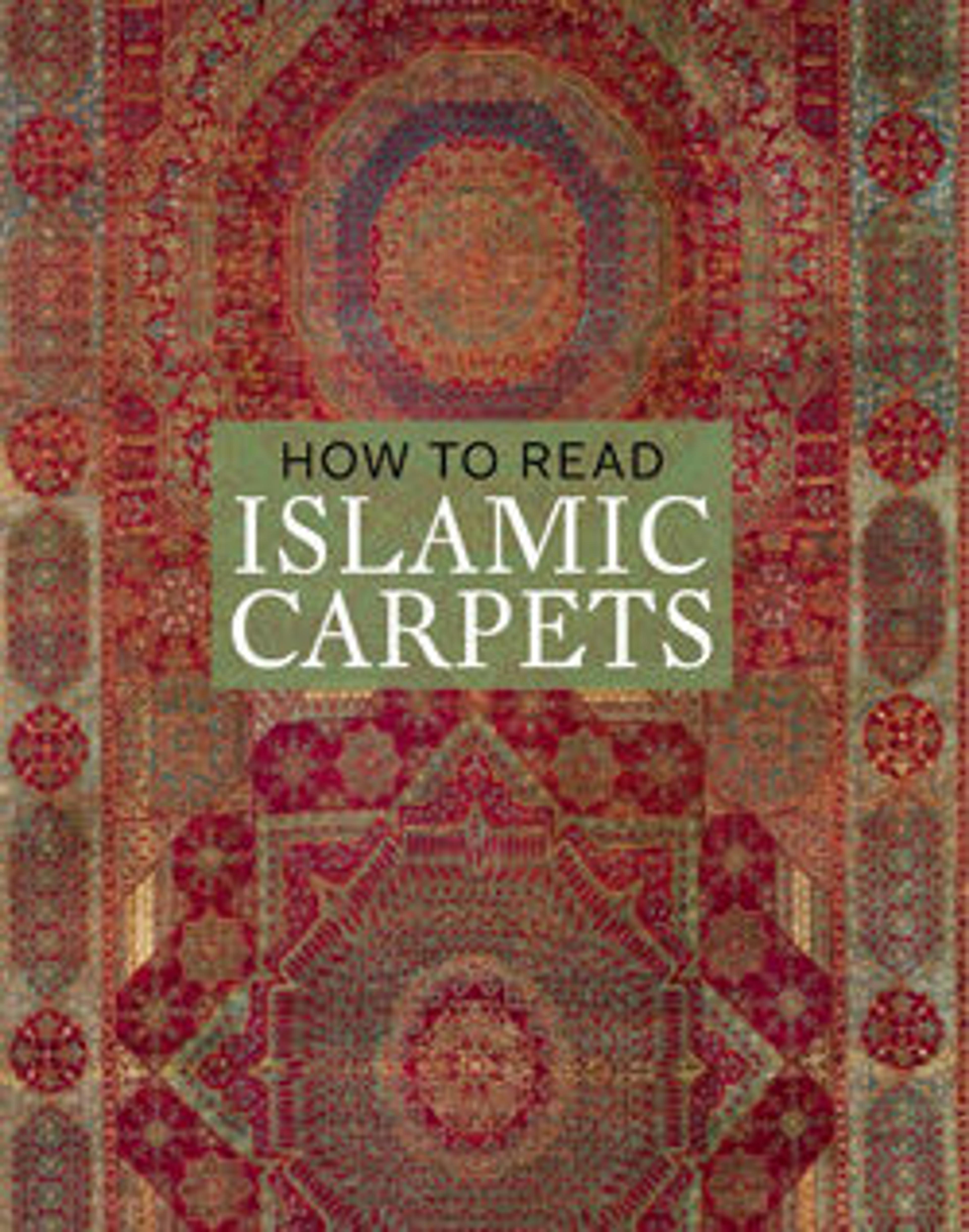Saddle Bag
After the circle, the square represents the most basic unit used to create geometric patterns in Islamic art. On this late Ottoman saddlebag, most likely made for a horse or a donkey, the dominant feature is a series of concentric-square diamonds, which appear to originate from four small squares in the center. The convention of repeating units of a design often was used for textiles, as it facilitated the weaving process. Here, as the pattern of square units expands, the larger shapes become cut off, as though a part of an infinite pattern were framed to accomodate the size of the saddlebag. Different colored wool as well as small spirals and triangles that fit into the square units of the grid enliven the overall decoration.
Artwork Details
- Title:Saddle Bag
- Date:19th century
- Geography:Attributed to Turkey
- Medium:Wool
- Dimensions:L. 77 in. (195.58 cm)
W. 55 in. (139.7 cm) - Classification:Textiles-Rugs
- Credit Line:Bequest of Joseph V. McMullan, 1973
- Object Number:1974.149.8
- Curatorial Department: Islamic Art
More Artwork
Research Resources
The Met provides unparalleled resources for research and welcomes an international community of students and scholars. The Met's Open Access API is where creators and researchers can connect to the The Met collection. Open Access data and public domain images are available for unrestricted commercial and noncommercial use without permission or fee.
To request images under copyright and other restrictions, please use this Image Request form.
Feedback
We continue to research and examine historical and cultural context for objects in The Met collection. If you have comments or questions about this object record, please contact us using the form below. The Museum looks forward to receiving your comments.
